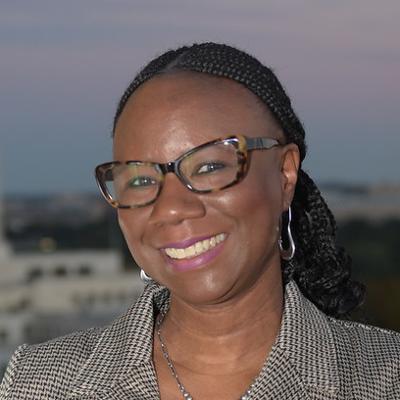Growing Principal Leadership From the Inside
Topics: Principal Pipeline

Learning how to lead adults can be a principal’s greatest challenge. That was the case for both Tynika Young-Aleibar and Greg Moffitt as they served as school leaders before taking on their current roles as leadership development officers for the District of Columbia Public Schools. That leadership void is a common, understandable experience, given that on-the-job learning opportunities are scarce for principals-in-waiting. Only 46 percent of principals had internships that gave them real leadership responsibilities, according to Linda Darling-Hammond et al. in the Learning Policy Institute report, “Developing Effective Principals: What Kind of Learning Matters.”
Young-Aleibar and Moffitt, authors of this issue’s lead article, “Being the Boss and a Coach,” explain the principal’s role in supervising, coaching, and mentoring teachers and staff as essential to a principal’s leadership capacity and to a school’s success. But the benefits don’t stop there: Principals’ support and development of future leaders is also a necessary component in a strong principal pipeline.
The Principal Pipeline Initiative supported by The Wallace Foundation identified seven key domains to consistently fill and sustain the principal role. While domains such as preservice training and the use of leader tracking systems are outside of a principal’s purview, practicing principals can apply to their own building and district domains related to rigorous standards for knowledge and performance, selective hiring and placement, and on-the-job evaluation and support.
Take for example the experience of Ed Cosentino, principal of Phelps Luck Elementary School, Columbia, Maryland, who served as an assistant principal for nine years and experienced a smooth transition to the principalship. “I attribute that to my two principals giving me a lot of responsibility and a lot of experiences,” he said. “My hope for people I work with who are aspiring to be principals is that they have that same feeling.”
This issue also explores the principal’s role in principal development through the lens of:
- Rural communities: Brianne Dotson and Matthew Clifford, authors of “Rural Principals’ Dual Role in Supporting Pipeline Programs,” explain how principals in small and rural districts can engage in pipeline development.
- Centering equity: Writing with Natalie Nelson, we explain how to use the Culturally Responsive School Leadership framework with a professional learning community.
- Learning networks: Nurturing and mentoring teachers in a Q&A with Danny Bauer and leadership team Shelby R. Calabrese and Alejandra Perez.
I hope this issue of Principal magazine supports your leadership journey, and in turn serves to strengthen your legacy of support for future leaders.
Kaylen Tucker, Ph.D. is Editor-in-Chief of Principal magazine.

